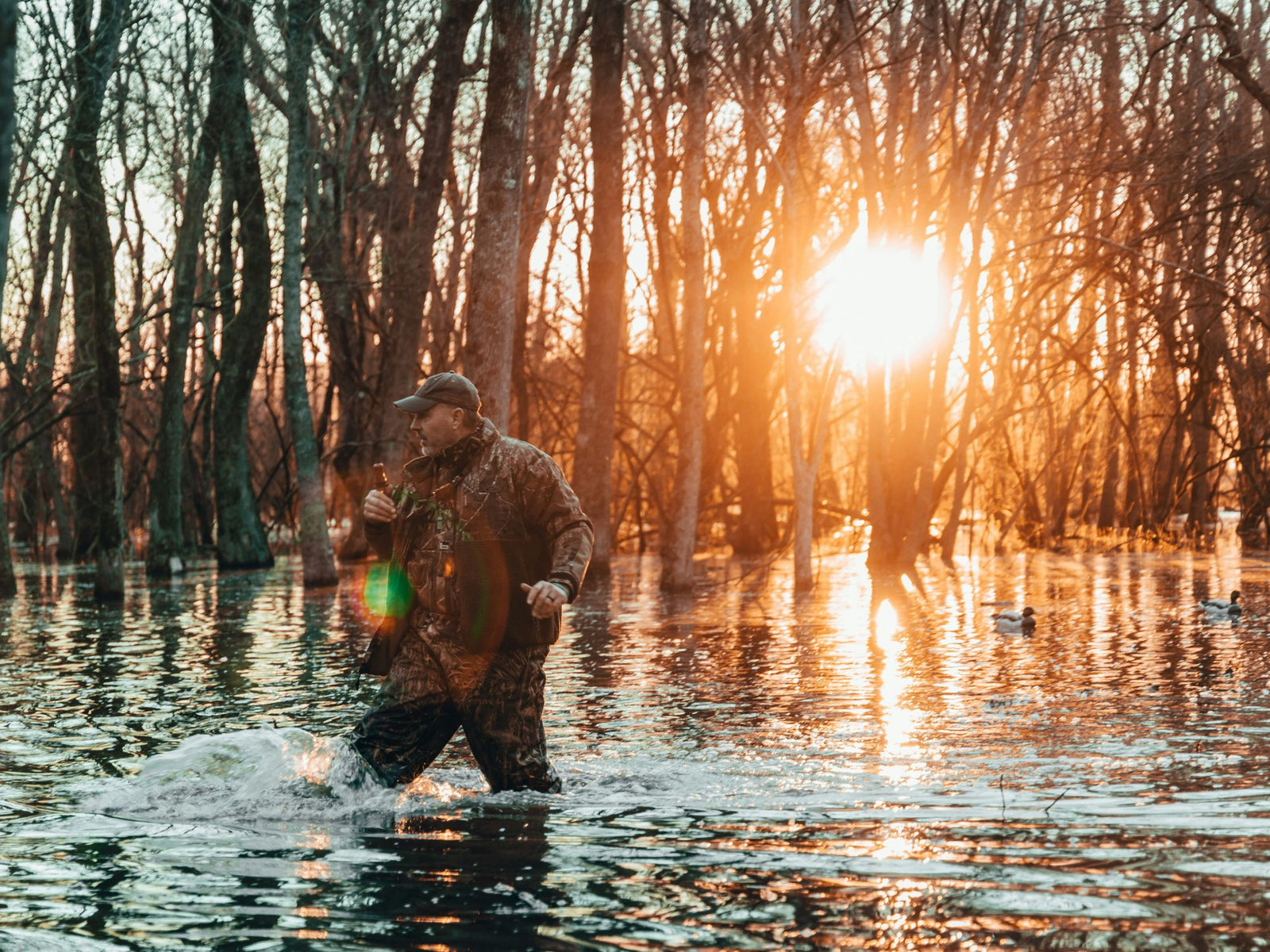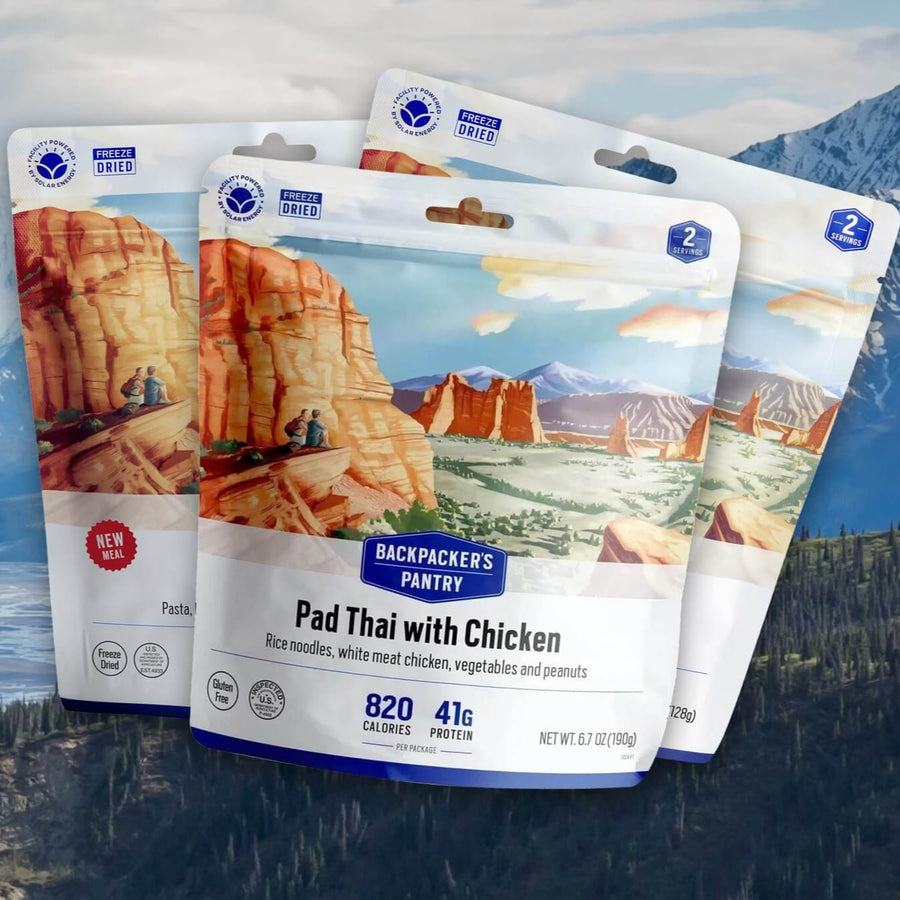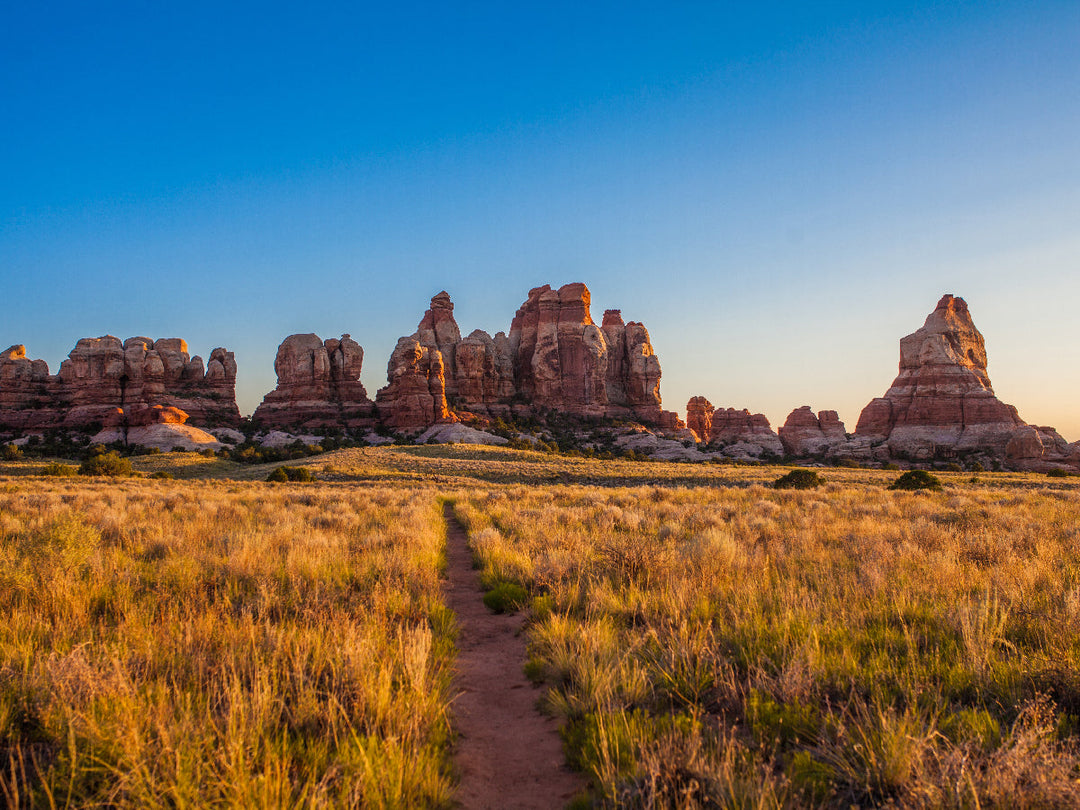How to Train for Hunting Season

By Eli Fournier
When it comes to staying in shape for outdoor activities, the old adage, “Jack of all trades, master of none,” is surprisingly relevant. It’s easy to be decent at a handful of pursuits, but being in peak shape for any given one is difficult. Some activities, like mountain biking, trail running and skiing, lend themselves well to good, overall physical condition with little preparation—you can start the season relatively out of shape, and by the end you’re decently fit for the activity. Hunting, however, takes a little more time and preparation. Not only is the season short (as little as five to nine days in some states for elk & deer), but it also required a high level of exertion while carrying a heavy pack. Jumping right into hunting season, as you would with trail-running, for example, isn’t just a bad idea; it’s a recipe for a serious injury. The following are some good ways to get in shape for hunting season, without sacrificing all the other activities that come with summer and fall.
CROSS TRAINING
The goal of cross-training is to work similar muscle groups, but with less strain. For hunting, that means building the leg and torso muscles that are essential to navigating mountainous terrain with a pack. But that doesn’t necessarily mean hitting an expensive CrossFit gym. Rather, it means getting after the sports you already love to do, but with a little extra focus on areas that could help improve overall strength. The following are excellent examples.
Road & Mountain Biking — Any type of biking helps build overall strength and cardio endurance, but focus particularly on hills to build leg and lower back strength. That could be as simple as riding to work every day if you live in a hilly area, or it could mean setting aside one evening a week to pedal a local road or trail loop. Biking also helps stretch and strengthen groups of muscles around your knees, which can take a particular beating in the mountains. If you live in a city, spin-biking classes are a great alternative.

Trail Running — If you’re not a runner, don’t be put off by the name—trail running, a lot of the time, is simply fast hiking. Even elite trail runners hike the big hills, and we’d be wise to follow suit. At the end of the day, it doesn’t matter how fast you’re moving; just being out on the trails works dozens of stabilizing muscles in your feet and legs that are equally as essential when carrying a heavy load during hunting season. It’s also excellent cardiovascular training, which can help you push through long, challenging days when chasing animals in the woods.
PACK TRAINING
While cross-training is great, the best way to get in shape for carrying a heavy pack is to, well, carry a heavy pack. Start light to avoid injury, and build up slowly with more and more weight. Weight plates or sandbags are best for loading into a pack without tons of extra bulk, but make sure to center the weight in the middle of the pack, using tie-down straps if necessary.
While uphill weight training is important (and the most common), don’t overlook downhills and flat trails. Most of the time, you’ll be packing out an animal downhill anyways, which takes strong quad and foot muscles. Using trekking poles can take a significant amount of strain of the knees, so don’t be shy about grabbing a pair—they’re not just for old people!
WEIGHT TRAINING
Hitting the weight room, even just once a week, can make a big difference in your ability to navigate mountainous terrain. It might seem strange to train for an outdoor activity by being indoors, but it does help. Focus on two groups of activities: compound exercises, and balance exercises. The former includes deadlifts, power clean, power press, squats, pull-ups, and push-ups—all of which work muscles simultaneously in your legs, core, and upper body. Again, start with light weight or no weight at all. Master the form and calisthenics of each movement before adding much weight, otherwise you could risk serious muscular or skeletal injuries. YouTube is a great place to learn proper form, but going with a friend who can provide in-person tips is even better.
In terms of balance, exercises like walking lunges, bosa-ball squats, and lateral walks with a rubber band around your ankles are great places to start. Do them slowly, focusing on balance and form. They’ll pay off in spades when you find yourself navigating a deadfall-strewn forest, or shimmying over a downed log on the trail with a heavy load of meat on your back.

EATING HEALTHY
As with any training, fueling properly is essential to building muscle or just maintaining what you’ve already achieved. There are tons of fad diets out there, but at the end of the day, just make sure you’re getting enough protein and eating a balanced diet. If you already have wild game in the freezer, then you’re in good shape. If not, use it as motivation when training—be that biking, hiking, running, or lifting—knowing that you’ll be in peak form come hunting season to harvest an animal of your own to feast on for the rest of the year.





